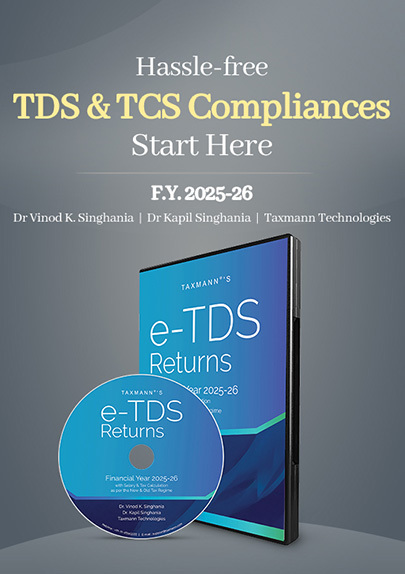[Opinion] Standard Input Output Norms (SION) for Customs Under DGFT
- Blog|News|GST & Customs|
- 2 Min Read
- By Taxmann
- |
- Last Updated on 11 March, 2024

CA Yash Shah – [2024] 160 taxmann.com 199 (Article)
Introduction
Standard Input Output Norms (SION) are benchmarks that specify the quantity of inputs required to produce a unit of output for a particular product or service. These norms are established by the Directorate General of Foreign Trade (DGFT) in India to regulate and facilitate international trade. SION plays a crucial role in determining the eligibility of exporters for various benefits and incentives provided by the government.
Purpose of SION
- Ensure uniformity and transparency in determining the entitlements of exporters.
- Facilitate the assessment of export performance and compliance with international trade regulations.
- Promote efficiency and competitiveness in the export sector by optimizing resource utilization.
- Encourage value addition and technological upgradation in manufacturing processes.
Components of SION
- Product Description: Each SION specifies the product for which the norms are applicable, along with its detailed description and classification under the Harmonized System of Nomenclature (HSN).
- Input-Output Ratios: SION delineates the quantity and type of inputs required to produce a unit of output. Inputs may include raw materials, components, consumables, energy, and utilities.
- Normative Values: Normative values indicate the permissible limit of inputs for a given output. These values are expressed in physical quantities, such as weight, volume, or units.
- Productivity Parameters: Some SIONs also incorporate productivity parameters, such as yield, wastage, and process efficiencies, to account for variations in manufacturing practices.
- Validity Period: SIONs are periodically reviewed and revised by DGFT to align with changing market dynamics, technological advancements, and trade policies. Each SION specifies its validity period to ensure relevance and accuracy.
Click Here To Read The Full Article
Disclaimer: The content/information published on the website is only for general information of the user and shall not be construed as legal advice. While the Taxmann has exercised reasonable efforts to ensure the veracity of information/content published, Taxmann shall be under no liability in any manner whatsoever for incorrect information, if any.

Taxmann Publications has a dedicated in-house Research & Editorial Team. This team consists of a team of Chartered Accountants, Company Secretaries, and Lawyers. This team works under the guidance and supervision of editor-in-chief Mr Rakesh Bhargava.
The Research and Editorial Team is responsible for developing reliable and accurate content for the readers. The team follows the six-sigma approach to achieve the benchmark of zero error in its publications and research platforms. The team ensures that the following publication guidelines are thoroughly followed while developing the content:
- The statutory material is obtained only from the authorized and reliable sources
- All the latest developments in the judicial and legislative fields are covered
- Prepare the analytical write-ups on current, controversial, and important issues to help the readers to understand the concept and its implications
- Every content published by Taxmann is complete, accurate and lucid
- All evidence-based statements are supported with proper reference to Section, Circular No., Notification No. or citations
- The golden rules of grammar, style and consistency are thoroughly followed
- Font and size that’s easy to read and remain consistent across all imprint and digital publications are applied



 CA | CS | CMA
CA | CS | CMA
